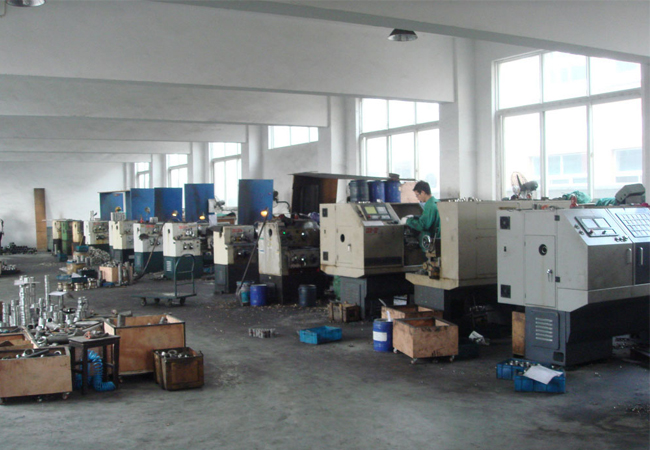hausa
- Afrikaans
- Albanian
- Amharic
- Arabic
- Armenian
- Azerbaijani
- Basque
- Belarusian
- Bengali
- Bosnian
- Bulgarian
- Catalan
- Cebuano
- Corsican
- Croatian
- Czech
- Danish
- Dutch
- English
- Esperanto
- Estonian
- Finnish
- French
- Frisian
- Galician
- Georgian
- German
- Greek
- Gujarati
- Haitian Creole
- hausa
- hawaiian
- Hebrew
- Hindi
- Miao
- Hungarian
- Icelandic
- igbo
- Indonesian
- irish
- Italian
- Japanese
- Javanese
- Kannada
- kazakh
- Khmer
- Rwandese
- Korean
- Kurdish
- Kyrgyz
- Lao
- Latin
- Latvian
- Lithuanian
- Luxembourgish
- Macedonian
- Malgashi
- Malay
- Malayalam
- Maltese
- Maori
- Marathi
- Mongolian
- Myanmar
- Nepali
- Norwegian
- Norwegian
- Occitan
- Pashto
- Persian
- Polish
- Portuguese
- Punjabi
- Romanian
- Russian
- Samoan
- Scottish Gaelic
- Serbian
- Sesotho
- Shona
- Sindhi
- Sinhala
- Slovak
- Slovenian
- Somali
- Spanish
- Sundanese
- Swahili
- Swedish
- Tagalog
- Tajik
- Tamil
- Tatar
- Telugu
- Thai
- Turkish
- Turkmen
- Ukrainian
- Urdu
- Uighur
- Uzbek
- Vietnamese
- Welsh
- Bantu
- Yiddish
- Yoruba
- Zulu
Telephone: +86 13120555503
Email: frank@cypump.com
Nov . 08, 2024 09:15 Back to list
Guide to Understanding and Maintaining Slurry Pump Performance and Efficiency
Understanding Slurry Pumps A Comprehensive Manual Overview
Slurry pumps are vital components in various industries, including mining, construction, and wastewater management. They are specifically designed to handle slurries, which are mixtures of solids and liquids, making them crucial for transporting abrasive materials. This article aims to provide a thorough overview of slurry pumps, focusing on their operation, applications, and maintenance, as outlined in a typical slurry pump manual.
Types of Slurry Pumps
Slurry pumps can be primarily categorized into centrifugal and positive displacement pumps. Centrifugal slurry pumps are the most common type and operate on the principle of converting rotational energy into hydrodynamic energy. These pumps are best suited for low-viscosity slurries and are known for their efficiency and ease of operation.
On the other hand, positive displacement pumps are typically used for high-viscosity slurries and can handle solids that are more significant than those managed by centrifugal pumps. Understanding which type of pump to use is critical for optimizing performance and ensuring the longevity of the equipment.
Operational Principles
The operational efficiency of slurry pumps depends on several factors, including the pump's design, the viscosity of the slurry, and the type of solids being transported. The manual typically outlines the fundamental principles of operation, indicating that the selection of the correct pump size and configuration can significantly impact the overall effectiveness of the pump system.
The manual often provides details regarding the hydraulic performance, including flow rate, head, and power requirements, ensuring users can make informed decisions based on their specific needs. It is crucial to follow the manufacturer's recommendations to avoid cavitation, wear, and other mechanical failures.
slurry pump manual

Applications of Slurry Pumps
Slurry pumps find applications in various sectors. In mining, they are used to transport mined materials mixed with water, such as ores and tailings. In construction, they facilitate the movement of concrete and other heavy materials during various projects. In wastewater treatment plants, slurry pumps help in transferring sludge to treatment facilities.
Each application requires careful consideration of the type of pump, as different materials can cause differing levels of wear and tear. Consulting the manual for specific applications can provide insights into the best practices for each scenario.
Maintenance and Troubleshooting
Proper maintenance is essential for the long-term performance of slurry pumps. The manual usually includes a detailed maintenance schedule, covering aspects such as lubrication, inspection of wear parts, and seal replacement. Regular maintenance can prevent unexpected breakdowns and costly repairs.
Common troubleshooting tips found in the manual include checking for unusual noises, leaks, or changes in the flow rate. It is also important to ensure that all fittings and connections are secure. Addressing these issues promptly can prevent further damage and extend the lifespan of the pump.
Conclusion
In summary, a slurry pump manual serves as an essential guide for understanding the components, operation, and maintenance of slurry pumps. Whether in mining, construction, or wastewater management, these pumps play a significant role in the efficiency of operations involving abrasive and viscous materials. By adhering to the guidelines outlined in the manual, users can enhance the performance and reliability of their slurry pumping systems, ensuring that they meet the demands of their specific applications effectively.
-
Horizontal Split Case Pump with GPT-4 Turbo | High Efficiency
NewsAug.01,2025
-
ISG Series Pipeline Pump - Chi Yuan Pumps | High Efficiency, Durable Design
NewsAug.01,2025
-
Advanced Flue Gas Desulfurization Pump with GPT-4 Turbo | Durable & Efficient
NewsJul.31,2025
-
ISG Series Vertical Pipeline Pump - Chi Yuan Pumps | Advanced Hydraulic Design&Durable Construction
NewsJul.31,2025
-
ISG Series Vertical Pipeline Pump - Chi Yuan Pumps | Energy Efficient & Low Noise
NewsJul.31,2025
-
pipeline pump - Chi Yuan Pumps Co., LTD.|High Efficiency&Low Noise
NewsJul.31,2025










